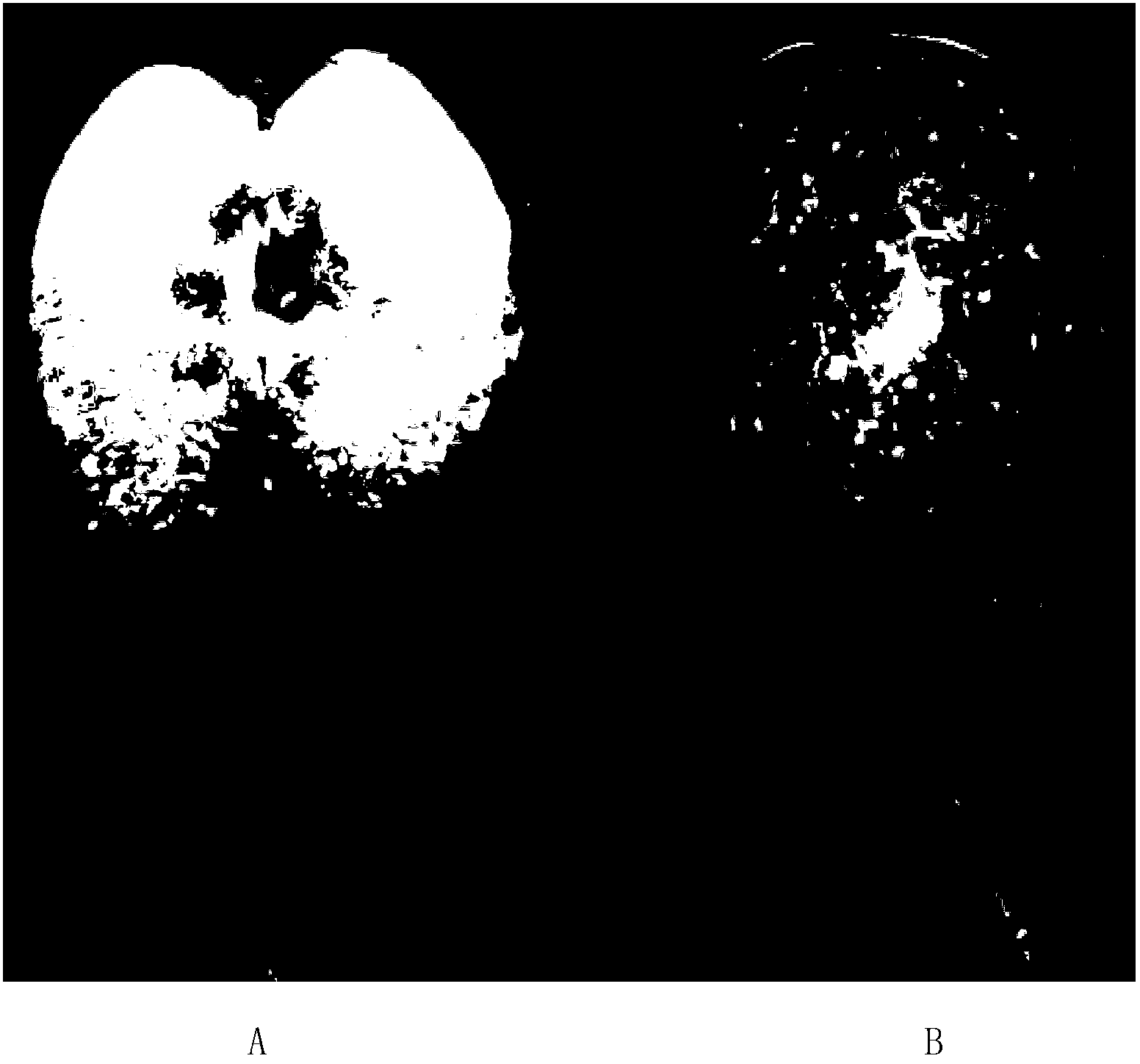'Three-selection, two-advancing and one-promotion' apple breeding method
A technology of apples and varieties, applied in the direction of botanical equipment and methods, applications, plant genetic improvement, etc., can solve the problems of soft and soft pulp
- Summary
- Abstract
- Description
- Claims
- Application Information
AI Technical Summary
Problems solved by technology
Method used
Image
Examples
Embodiment 1
[0032] Experiment location: the experiment location of step 1 and step 5 is Muping, Shandong; the experiment location of step 2, step 3, step 4 and step 6 is Tai'an, Shandong; the experiment location of step 7 and step 8 is Guanxian, Shandong.
[0033] 1. Hybridization
[0034] In 2006, the pollen of red-fleshed apples in Xinjiang was used to pollinate the emasculated 'Red Fuji' apples, and the F 1 hybrid seed, the F 1 After washing the hybrid seeds, put them in the fresh-keeping room of the refrigerator at 1-3°C for stratification treatment for about 60 days (the purpose is to release the dormancy of the seeds by satisfying the required cooling capacity).
[0035] 2. Seedling cultivation in greenhouse (early sowing)
[0036] In December 2006, the seeds that completed step 1 were sown in a nutrient pot equipped with a seedling-raising substrate (3-5 seeds were sown in each nutrient pot) and cultivated until the seedling height was 8-15 cm, and the root neck was lignified (us...
Embodiment 2
[0048] Experiment location: the experiment location of step 1 and step 5 is Muping, Shandong; the experiment location of step 2, step 3, step 4 and step 6 is Tai'an, Shandong; the experiment location of step 7 and step 8 is Guanxian, Shandong.
[0049] 1. Hybridization
[0050] In 2006, the pollen of red-fleshed apples in Xinjiang was used to pollinate the emasculated 'Red Fuji' apples, and the F 1 hybrid seed, the F 1 After washing the hybrid seeds, put them in the fresh-keeping room of the refrigerator at 1-3°C for stratification treatment for about 60 days (the purpose is to release the dormancy of the seeds by satisfying the required cooling capacity).
[0051] 2. Seedling cultivation in greenhouse (early sowing)
[0052] In December 2006, the seeds that completed step 1 were sown in a nutrient pot equipped with a seedling-raising substrate (3-5 seeds were sown in each nutrient pot) and cultivated until the seedling height was 8-15 cm, and the root neck was lignified (us...
PUM
 Login to View More
Login to View More Abstract
Description
Claims
Application Information
 Login to View More
Login to View More - R&D
- Intellectual Property
- Life Sciences
- Materials
- Tech Scout
- Unparalleled Data Quality
- Higher Quality Content
- 60% Fewer Hallucinations
Browse by: Latest US Patents, China's latest patents, Technical Efficacy Thesaurus, Application Domain, Technology Topic, Popular Technical Reports.
© 2025 PatSnap. All rights reserved.Legal|Privacy policy|Modern Slavery Act Transparency Statement|Sitemap|About US| Contact US: help@patsnap.com


